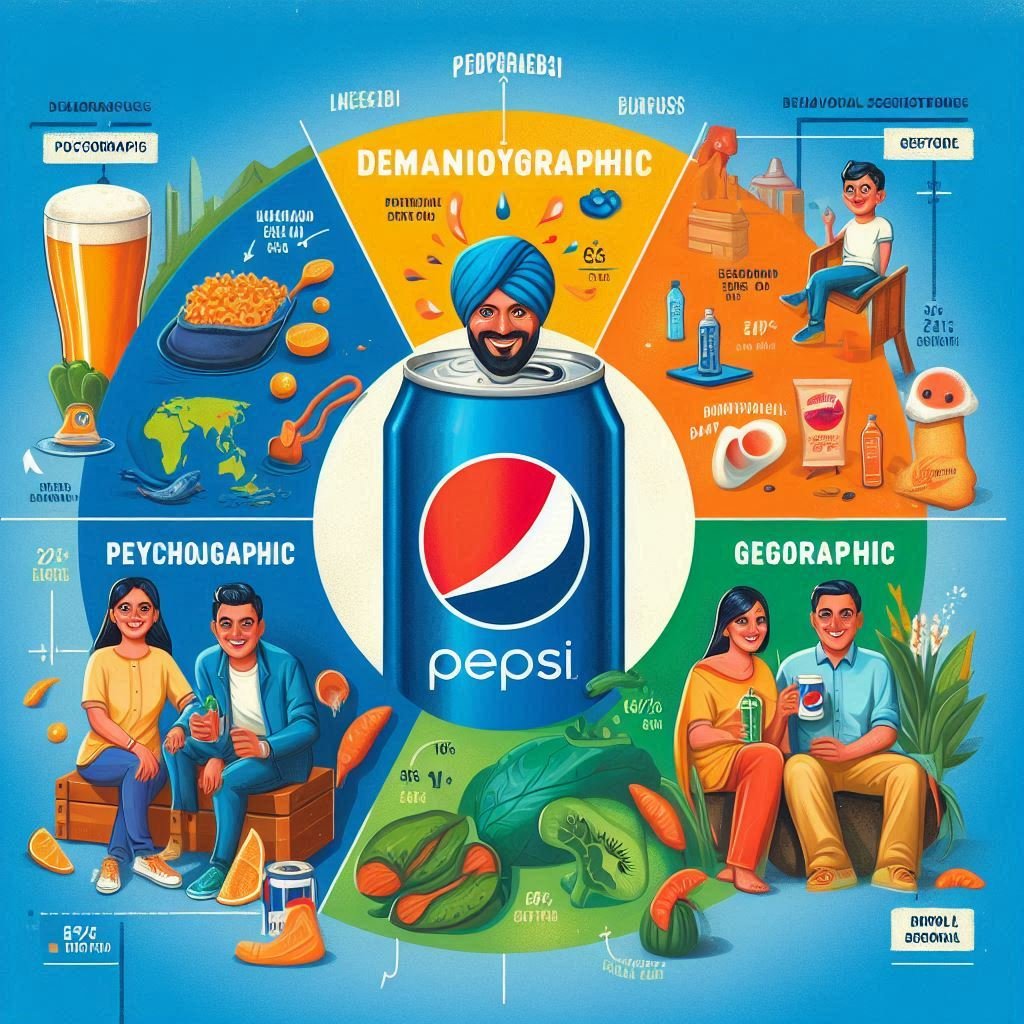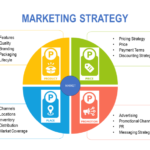When it comes to iconic marketing battles, the rivalry between Pepsi and Coca-Cola is legendary. But instead of rehashing the cola wars, let’s dive into what makes Pepsi’s marketing in India unique!
Founded in 1893 by Caleb Bradham, Pepsi started as “Brad’s Drink” in North Carolina. Today, PepsiCo is much more than a cola brand. It offers a diverse portfolio of beverages and snacks, including Mountain Dew, Tropicana, Lay’s, and Quaker. Its ability to stay relevant across generations and geographies is a testament to its agility, innovation, and resilience in marketing.
In this blog, I’ll provide a unique perspective on how Pepsi leveraged creative strategies to build a solid presence in India.
Market Entry in India:
Pepsi entered India in 1988 when the country had restrictive trade policies. The brand cleverly formed a joint venture with Punjab Agro Industrial Corporation and Voltas India Limited, launching “Lehar Pepsi.” This allowed Pepsi to tap into Indian tastes and preferences. By 1994, following economic liberalization, PepsiCo gained full control of its operations, dropping “Lehar” from its branding and moving forward with a dynamic approach to establishing a strong market presence.
Segmenting the Market: Pepsi’s Approach
Demographic Segmentation:
Pepsi primarily targets millennials and Gen Z, who are drawn to vibrant, youthful branding. This demographic is adventurous, socially active, and highly influenced by trends—key aspects Pepsi leverages in its campaigns.
Psychographic Segmentation:
The brand focuses on consumers with dynamic lifestyles. It positions itself as a choice for individuals who enjoy spontaneity, fun, and excitement.
Geographic Segmentation:
Pepsi customizes its offerings and campaigns to suit local tastes and regional preferences. Whether it’s a unique flavor for the North Indian market or a special festival-themed promotion in the South, Pepsi understands that localization drives success
Behavioral Segmentation:
By focusing on frequent cola drinkers, Pepsi crafts messages that speak directly to their desires and habits, reinforcing its position as a staple in their refreshment choices.
Targeting and Positioning: The Pepsi Way
Primary Target Market:
Pepsi’s primary audience is young adults and teenagers who value taste, style, and social experiences.
Secondary Target Market:
Families and older adults also remain in the spotlight, as they trust Pepsi for its legacy and consistent quality.
Positioning Strategy:
Pepsi is positioned as a fun, youthful alternative, an innovator in the beverage industry that represents excitement, self-expression, and spontaneity. It promotes a lifestyle of enjoyment rather than just refreshment.

SWOT Analysis: The Power of Pepsi
Strengths:
Strong Brand Equity: A globally recognized name with a loyal customer base. Diverse Product Portfolio: Beyond beverages, it offers snacks like Lay’s and Kurkure, catering to a broader audience. Effective Marketing: Strategic sponsorships, like with cricket in India, enhance visibility and engagement.
Weaknesses:
Health Concerns: Increasing awareness around sugary drinks poses a challenge. North American Dependency: A heavy reliance on the North American market could be a vulnerability.
Opportunities:
Emerging Markets: Growth potential in developing regions with increasing disposable incomes. Healthier Options: Expanding into healthier alternatives can attract health-conscious consumers.
Threats:
Intense Competition: Pepsi faces constant competition from Coca-Cola and local brands. Changing Preferences: The shift towards healthier beverages could impact sales.
Marketing Mix: Adapting to the Indian Landscape
Product Strategy:
Pepsi offers a diverse range of beverages and snacks, from Pepsi Cola to Mountain Dew and Lay’s. This wide product portfolio allows it to capture a varied audience, from health enthusiasts to snack lovers.
Price Strategy:
India is a price-sensitive market, and Pepsi uses competitive pricing to its advantage. By offering products at different price points—like affordable Pepsi Cola and premium Tropicana—it maintains distinct brand images while reaching a broad spectrum of consumers.
Place Strategy:
With a robust distribution network spanning both urban and rural areas, Pepsi ensures its products are accessible everywhere—from local Kirana stores to e-commerce platforms like Amazon and Dunzo. This omnichannel approach amplifies its market presence.
Promotion Strategy:
Pepsi’s marketing in India isn’t just about selling a product; it’s about selling an experience. From celebrity endorsements to music videos and campaigns that resonate with youth culture, Pepsi connects emotionally with its audience.
Emotional Connections: Pepsi’s Secret Sauce
Pepsi’s success in India is a story of deep emotional connections. It uses storytelling, cultural elements, and celebrity endorsements to create memorable brand experiences. From its cricket-themed ads to pop culture-infused campaigns, Pepsi knows how to speak the language of its audience.
Evolving Ad Campaigns: Staying Relevant
Pepsi’s ad campaigns have evolved from leveraging Bollywood and cricket to reflecting contemporary youth culture with initiatives like “Har Ghoont Mein Swag Hai.” In 2022, the Pepsi Summer Anthem featuring Badshah and Jacqueline Fernandes became a massive hit, capturing the essence of summer with over 104 million YouTube views!
Key Takeaways from Pepsi’s Strategy
- Understand the Market: Pepsi’s focus on local tastes and cultural nuances is key to its success.
- Build Emotional Connections: Through storytelling and relatable themes, Pepsi leaves a lasting impression.
- Embrace Adaptability: By continually evolving, Pepsi stays relevant to changing demographics.
- Leverage Multimedia: Combining traditional and digital channels maximizes brand reach.
- Target Strategically: By segmenting its audience effectively, Pepsi tailors its messaging to resonate with each group.
In a Nutshell
Pepsi’s marketing strategy in India is a blueprint for adaptability, innovation, and forging strong emotional connections with consumers. From understanding India’s diverse tastes to embracing cricket and Bollywood culture, Pepsi has kept itself relevant for generations of Indian consumers.
By analyzing Pepsi’s approach through a unique lens, we can see how a global brand can successfully localize its strategy to win over new markets.




